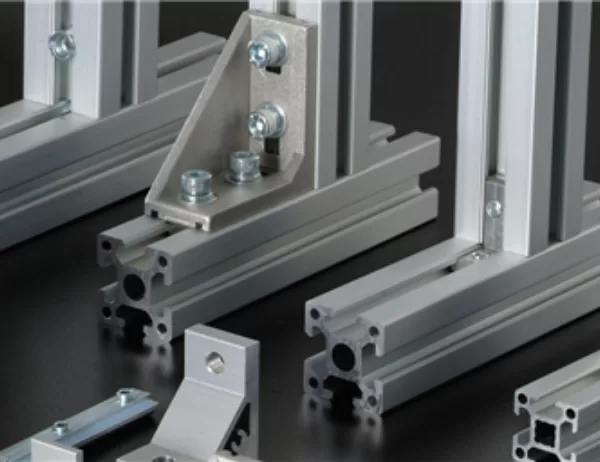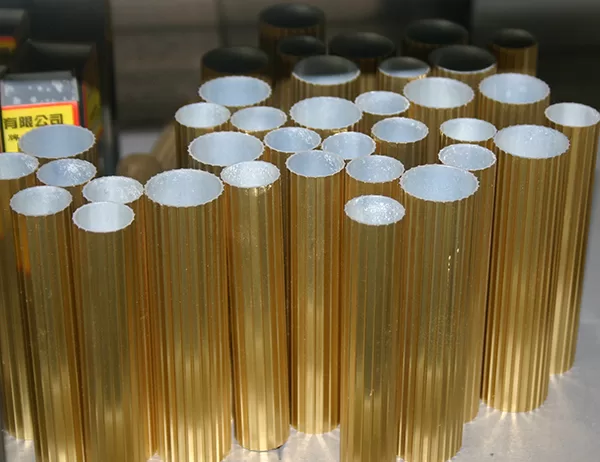Modern kitchen cabinets have evolved from mere storage units to stylish design elements that enhance the aesthetics and functionality of a room. One critical aspect of designing modern kitchen cabinets is the selection of profiles, which shape the appearance and performance of the cabinetry. This article will provide a comprehensive exploration of profile selection for modern kitchen cabinets, highlighting key considerations and offering practical guidance.
Profile Options
Modern kitchen cabinet profiles encompass a wide range of shapes, including:
– Square: Characterized by sharp edges and clean lines, square profiles exude a sleek and contemporary aesthetic.
– Ogee: Featuring a gentle curve that creates a subtle shadow line, ogee profiles offer a sophisticated and timeless look.
– Beveled: With a sloping edge that adds depth and visual interest, beveled profiles create a transitional style that blends modern and traditional elements.
– Beadboard: Comprised of narrow, vertical panels that resemble beadboard, these profiles add a touch of rustic charm to a kitchen.
– Raised Panel: Characterized by a recessed center panel surrounded by a raised frame, raised panel profiles lend a traditional or farmhouse aesthetic.
Material Considerations
The material of the kitchen cabinet profiles plays a significant role in their overall appearance and durability. Common materials include:
– Wood: Solid wood profiles offer a natural and durable option, with a range of wood species to choose from.
– Laminate: Laminate profiles provide a cost-effective solution with a wide variety of finishes, including wood grains and solid colors.
– Metal: Metal profiles, such as stainless steel or aluminum, offer a sleek and modern aesthetic and are highly durable.
– Thermofoil: Thermofoil profiles are made from a thin layer of PVC that is heated and applied to a substrate, resulting in a seamless and durable surface.
Design Considerations
When selecting kitchen cabinet profiles, it is essential to consider the overall design scheme of the kitchen. Key considerations include:
– Scale: The size and shape of the profiles should complement the size of the kitchen and the scale of the appliances.
– Proportion: The proportion of the profiles should be balanced with the size of the cabinet doors and drawer fronts.
– Contrast: Contrasting profiles can create visual interest and enhance the overall design, but ensure that they complement each other harmoniously.
– Functionality: The profiles should not only enhance the appearance but also be practical and easy to clean and maintain.
Installation Techniques
The installation technique used for kitchen cabinet profiles impacts their durability and performance. Common installation methods include:
– Face Frame: Profiles are attached to a frame that surrounds the cabinet door or drawer front.
– Inset: Profiles are recessed into the cabinet door or drawer front, creating a clean and sophisticated look.
– Overlay: Profiles overlap the cabinet door or drawer front, providing a more modern and streamlined aesthetic.
Conclusion
Profile selection is a crucial aspect of designing modern kitchen cabinets. By considering factors such as profile options, material considerations, design considerations, and installation techniques, homeowners can create cabinets that not only meet their storage needs but also complement the style and functionality of their kitchen. With a thoughtful approach to profile selection, modern kitchen cabinets can transform a room into a space that is both beautiful and practical.




